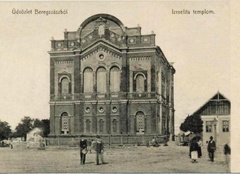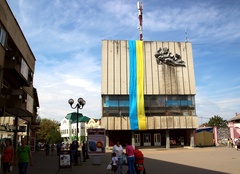Beregszasz
Pronounced “BEH-reg-sahz” (Czech/Slovak: Berehovo, Romanian: Bereg, German: Bergsaß, Polish: Berehowo/Bereg Saski, Russian: Берегово / Berehovo, Ukrainian: Берегове / Berehove, Yiddish: בערעגסאז / B'er'egsaz, Hebrew: ברהובה)
No Jews were allowed in Beregszász until the late 1700s when a few families immigrated to the area from nearby Poland. Within the next few decades, the first Jewish settlers of the town established a synagogue, an official community organization and a yeshiva (school for the study of religious texts). By 1880, the approximately 1,800 Jewish residents made up roughly a quarter of the town’s total population. They lived among a diverse population of ethnic Hungarians, Germans and Rusyn (or Ruthene) people of the local Carpathian mountains.
When World War I broke out in 1914, a number of Jewish men from Beregszász joined the military of the Austro-Hungarian Empire, including the father and uncle of Survivor Tibor Beerman. Beerman’s uncle was one of 46 Jewish men from the town who died fighting for Hungary.
After the war, Beregszász was incorporated into the new state of Czechoslovakia and became known by its Czech name Berehovo. The Jewish population reached nearly 4,600 by 1921 and Jewish citizens worked in a variety of jobs, from farming to factory work to professional positions such as lawyers and doctors. Most Jewish families spoke Hungarian at home Tibor Beerman recalled that some spoke the Jewish language of Yiddish or the local Ruthenian dialect.
While Beerman’s family sent him to Czech- and Hungarian-language public schools, a network of Jewish schools also provided religious instruction. Survivor Mady Deutsch remembered studying Hebrew and Jewish texts after school and on Saturdays. Like most Jewish families in the town, Deutsch’s followed traditional Orthodox Jewish practices. With her father she attended services every Saturday morning, “which I very much enjoyed.”
Although Tibor Beerman experienced little antisemitism in his early childhood of the late 1920s, Mady Deutsch remembered that by the time she entered school in the 1930s, “[A] lot of the teachers themselves were antisemites.” Life for the Jews of Beregszász worsened after Nazi Germany awarded the town and surrounding areas back to Hungary in 1938. To prove its loyalty to the Nazi state, Hungary passed anti-Jewish laws which stripped Hungarian Jews of equal citizenship and prohibited them from working in government. Jewish residents lost their business licenses, including Beerman’s father who operated a small iron foundry.
In 1941, the roughly 5,800 Jews of Beregszász made up about 30 percent of the town’s total population of approximately 19,000. That year, some 250 Jewish immigrants without Hungarian citizenship were deported to German-occupied Ukraine and summarily shot. Another 500 Jewish men were conscripted into forced labor battalions working on wartime construction. In a following round of conscription, Jewish men were forced to clear minefields on the eastern front. Many froze on a forced march along the Don River in Russia in early 1943.
German forces occupied Hungary in March 1944. Beerman remembered “elite German SS in impeccable uniforms marching up and down the main street.” Deutsch recounted how “everyone had to wear a Jewish star on the outer garment.” Nazis authorities soon implemented plans to deport all the Jews of Hungary to the killing centers. All the approximately 3,600 remaining Jewish residents of Beregszász were forced into a makeshift ghetto at a local brick factory. In May 1944, they were then crowded onto trains and deported to the killing center at Auschwitz-Birkenau. Tibor Beerman and Mady Deutsch were two of the few fortunate to survive.
After the war, Beregszász was incorporated into the Ukrainian Soviet Socialist Republic. In 1959, Soviet authorities appropriated the main synagogue for use as a theater. Today no Jews live in the town. A memorial to those murdered during the Holocaust was dedicated on June 21, 2016.
Beregszasz: Photographs & Artifacts
-
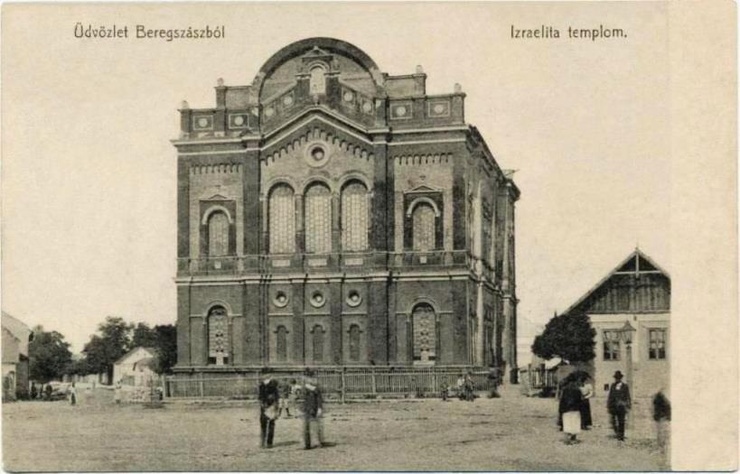 The Great Synagogue of Beregszász on a postcard, 1906. Credit: Wikimedia Commons / Public Domain
The Great Synagogue of Beregszász on a postcard, 1906. Credit: Wikimedia Commons / Public Domain -
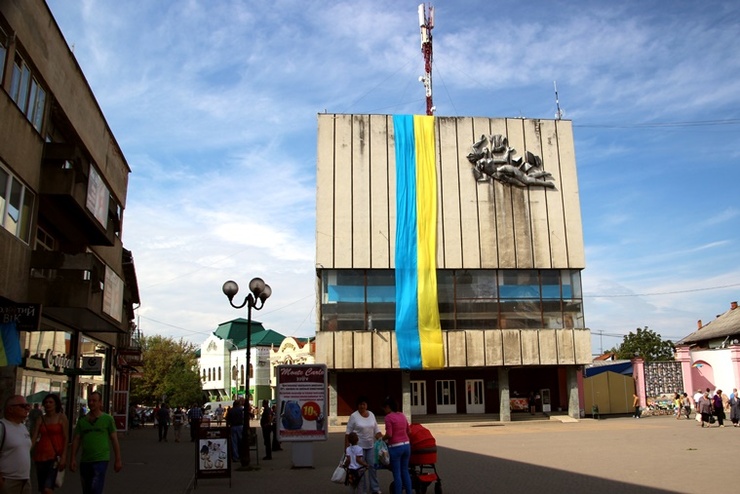 The site where the Great Synagogue once stood now houses the House of Culture, September 2014. Credit: Wikimedia Commons / Сургуль / CC-BY-SA-4.0
The site where the Great Synagogue once stood now houses the House of Culture, September 2014. Credit: Wikimedia Commons / Сургуль / CC-BY-SA-4.0
Destroyed Communities Memorial Slope
Beregszasz: Survivors
When we arrived in Auschwitz, it was ... a shock that you cannot imagine. It was hell on earth. All we saw were a bunch of skeleton-like people everywhere.
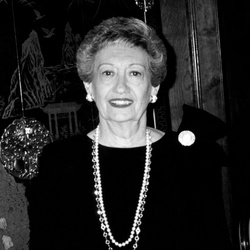
At liberation we all ran out like wild, wild, people. And we were crying and we were laughing and hugging and kissing and going through every emotion and any emotion a human being is capable of.
